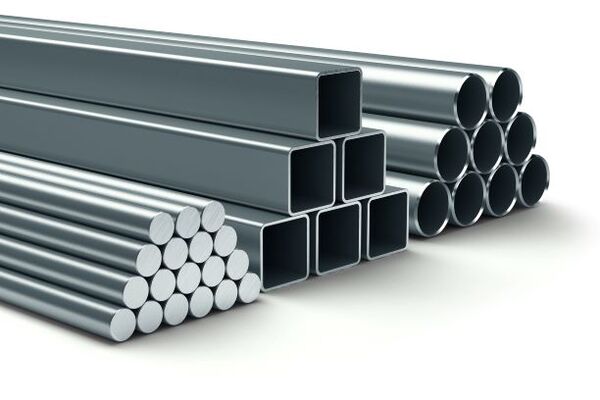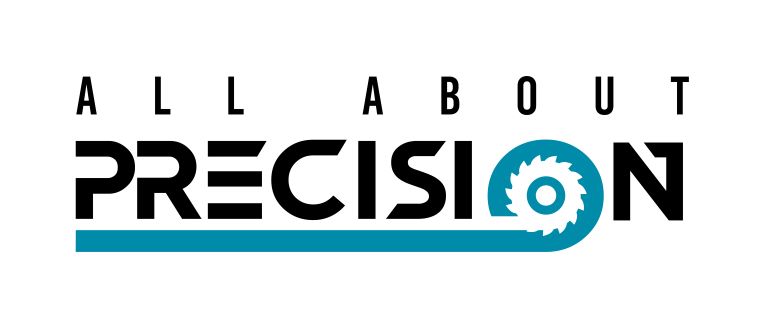
Introduction
Nitronic® 60 is a high strength manganese austenitic stainless steel that is part of a group of materials known as Nitronic® due to the addition of nitrogen to improve their strength. This group includes Nitronic® 30, Nitronic® 32, Nitronic® 33, Nitronic® 40 and Nitronic® 50.
Nitronic 60 is a trademark of the AK Steel Corporation. Unlike other austenitic stainless steels, it does not become magnetic when cold worked or cooled to sub-zero temperatures.
It is highly resistant to galling and wear due to its increased levels of silicon and manganese, and can be can be supplied in the annealed condition or the higher strength Nitronic 60HS condition.
Other Material Designations
- UNS S21800
- Alloy 218
Product Standards and Specifications
- ASTM A276 Stainless Steel Bars and Shapes
- ASTM A479 Stainless Steel Bars and Shapes for use in Boilers and Other Pressure Vessels
ASTM - American Society for Testing and Materials
What conditions is it ideal for?
Nitronic 60 is ideal for applications that are exposed to extreme high temperatures and axial and rotating movements where there is a risk of galling, wear and fretting.
In particular, Nitronic 60 provides a more cost effective material for components such as bushes when compared to cobalt and nickel based alloys.
It is also beneficial in corrosive environments as its general corrosion resistance is superior to that of 304 stainless steel, however not as good as that of 316 stainless steel. Its ability to resist stress corrosion cracking , chloride pitting and crevice corrosion has been shown to be higher than that of 316 stainless steel.
The opportunities for use are furthered by a yield strength approached twice that of 316 stainless steel due to the addition of nitrogen.
Machinability
Nitronic 60 has a high work hardening rate, so although it’s machinability characteristics are similar to that of other austenitic stainless steels, the material will have to be held more rigidly and slower speeds used.
More power will also be required, so heavy machines will be required, and it is also recommended to use carbide coated tooling.
Machining Data | |
Carbide tools are suggested for rates better than 50% of Type 304. | |
Machining Type | Suggested starting rates are: |
Single Point Turning | Roughing - 0.15" depth, 0.015"/rev feed -175 SFM Finishing - 0.025" depth, 0.007"/rev feed - 200 SFM |
Drilling | 1/4" Dia hole - 0.004"/rev feed - 60 SFM 1/2" Dia hole - 0.007"/rev feed - 60 SFM 3/4" Dia hole - 0.010"/rev feed - 60 SFM |
Reaming | Feed - same as drilling - 100 SFM |
Side and Slot Milling | Roughing - 0.25" depth - 0.007"/tooth feed - 125SFM Finishing - 0.050" depth - 0.009"/tooth feed - 140SFM |
These rates are for carbide tools, Type C-2 for roughing, drilling and reaming. Type C-3 for finishing. | |
Weldability
Nitronic 60 can be welded using standard arc welding processes. In most circumstances no pre or post heating will be required.
The strength of the weld will be slightly greater than the base material, whereas the wear resistant will be slightly less.
Stress-Corrosion Cracking and Intergranular Attack Resistance
Similar to the majority of stainless steels, Nitronic 60 may stress-corrosion crack in hot chloride environments. The level of resistance to stress-corrosion cracking of Nitronic 60 is superior to that of 316 stainless steel.
The ability of Nitronic 60 to resist intergranular attack is excellent.
Examples of where is it used:
The properties of Nitronic 60 make is especially useful for marine and industrial applications such as food processing and petrochemical industries.
It is often used for the following components:
- Fasteners
- Pins and bushing
- Pump shafts
- Valve stems and internal moving components
- Wear plates
- Roller Bearings
- Chain links and drives
Summary of Advantages:
- Wear and galling resistant
- Better corrosion resistance than 304 stainless steel
- Suitable for fasteners as can be used in repetitive assembly and disassembly
- Excellent resistance to intergranular attack
- Excellent resistance to sulphide stress cracking (SSC)
- Good hardness in the annealed condition
- Good ambient and high temperature performance
Nitronic 60 Properties
Chemical Composition
Typical chemical composition of Nitronic® 60 is detailed in the table below.
| Element | Content (%) |
|---|---|
| Chromium, Cr | 20.5-23.5 |
| Nickel, Ni | 11.5-13.5 |
| Manganese, Mn | 4-6 |
| Molybdenum, Mo | 1.5-3 |
| Silicon, Si | 1 |
| Nitrogen, N | 0.2-0.4 |
| Niobium, Nb | 0.1-0.3 |
| Vanadium, V | 0.1-0.3 |
| Carbon, C | 0.06 |
| Sulfur, S | 0.03 |
| Iron, Fe | Balance |
Physical Properties
Typical physical properties of Nitronic® 60 is detailed in the table below.
| Properties | Metric | Imperial |
|---|---|---|
| Density | 7.89 g/cm3 | 0.285 lb/in3 |
Mechanical Properties
Typical mechanical properties of Nitronic® 60 is detailed in the table below.
| Properties | Metric | Imperial |
|---|---|---|
| Tensile strength at break | ≥ 689 MPa | ≥ 100000 psi |
| Yield strength | ≥ 379 MPa | ≥ 55000 psi |
| Elongation at break | ≥ 35% | ≥ 35% |
Discover Nitronic® 60 through All About Precision
As we have seen, Nitronic® 60 is a very versatile material that can be used in many situations.
If you’re looking for Nitronic® 60 or parts Manufactured from Nitronic® 60 in the United Kingdom, go through All About Precision.
We make finding the best engineering specialist for your needs easy! You can compare quotes, browse reviews, and more from our website.
References
https://www.smithshp.com/nitronic-60.htm
https://www.azom.com/article.aspx?ArticleID=9599
https://www.langleyalloys.com/en/nitronic-60
https://www.sverdrupsteel.com/products/uns-s21800-alloy-218-nitronic-60
https://www.australwright.com.au/technical-data/alloys/stainless-steel/stainless-steel-nitronic-60-uns-s21800
http://www.domesticspecialtymetals.com/alloys/descriptions/NITRONIC60.html
.jpg)
The technical advice and recommendations made in this article should not be relied or acted upon without conducting your own further investigations, including corrosion exposure tests where needed. Please consult current editions of standards for design properties. All About Precision assumes no liability in connection with the information in this article.

